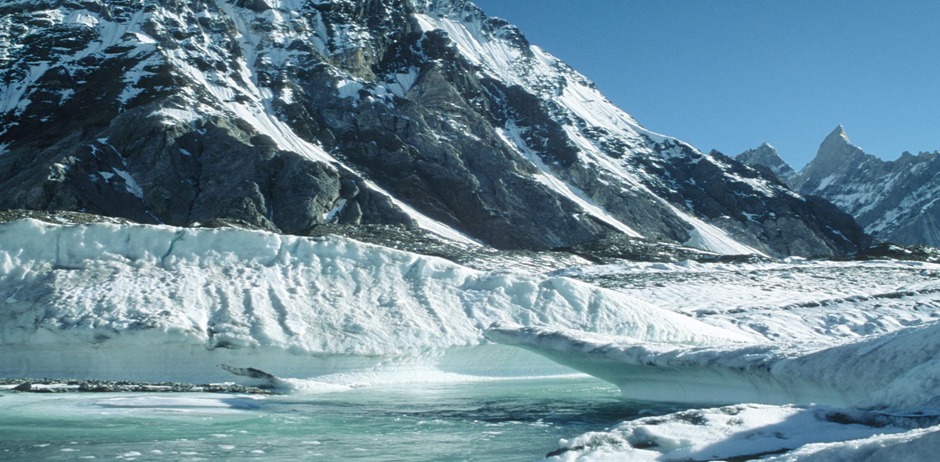ISLAMABAD: Pakistan’s economy is facing multiple challenges due to the rapid melting of glaciers, reduced agricultural productivity, increased water scarcity, and recurrent natural disasters.
The northern region of Pakistan, comprising Karakoram, Himalayas, and Hindu Kush mountain ranges, is experiencing a concerning rate of glacier melting as a result of global warming.
Dr Aamer Irshad, Assistant Representative and Head of the Program, Food and Agriculture Organisation (FAO), told WealthPK that climate change had a significant impact on agricultural productivity through glacier melting, particularly on water availability, which in turn has affected the sector’s performance.
He stated that the melting of glaciers provides over 60% of Pakistan’s water supply. He was of the view that the temperature rise due to climate change has led to the melting of glaciers, and over 7,000 glaciers located in Pakistan may be unable to provide water after 70 years.
The melting of glaciers will also impact the country’s tourism industry, as many tourists visit the northern areas of Pakistan to see the beautiful mountain ranges and glaciers. A reduction in the size of glaciers will make these areas less attractive to tourists and impact the local economies that rely on tourism.
According to a research conducted by the Department of Urban and Regional Planning at the National University of Sciences and Technology (NUST), climate change has made the livelihoods of local communities in the northern areas of Pakistan, particularly in Gilgit, highly vulnerable due to the rising temperatures in the region. Lack of land-use planning in the region exacerbates the vulnerability of these communities to natural disasters, it added.
It stated that the lack of connectivity and transportation infrastructure in the northern areas is one of the main reasons for increased risk, as the vulnerable communities are located in far-flung areas loosely connected to other parts of the country.
The melting of glaciers is also causing an increase in natural disasters such as floods and landslides. In recent years, Pakistan has experienced several devastating floods, which have caused significant damage to infrastructure and livelihoods.
According to the World Bank, the devastating flood in Pakistan in 2022 affected 33 million people, resulting in over 1,730 deaths, and caused $14.9 billion in damages and $15.2 billion in economic losses.
The Intergovernmental Panel on Climate Change (IPCC) estimates that the glaciers in the Himalayas could shrink by two-thirds by the year 2100, which would have significant implications for the region’s water resources and agriculture.
According to a report by the World Bank, Pakistan is one of the most water-stressed countries in the world, and the rapid melting of glaciers is exacerbating this issue.
The report estimates that Pakistan’s water supply will fall below the minimum threshold of 1,000 cubic meters per person per year by 2025, leading to increased water scarcity and reduced agricultural productivity.
Arif Goheer, Principal Scientific Coordinator at the Global Change Impact Studies, Ministry of Climate Change, said Pakistan is one of the most vulnerable countries to climate change impacts despite having fewer emissions.
He said climate change is expected to increase the frequency and intensity of extreme weather events, including droughts, floods, and heatwaves, which will have significant implications for water availability and management in the country.
According to the Ministry of Climate Change and Environment Coordination, encouraging sustainable development practices, including the use of renewable energy, water conservation, and reforestation, can help reduce greenhouse gas emissions and mitigate the impacts of climate change. –INP




